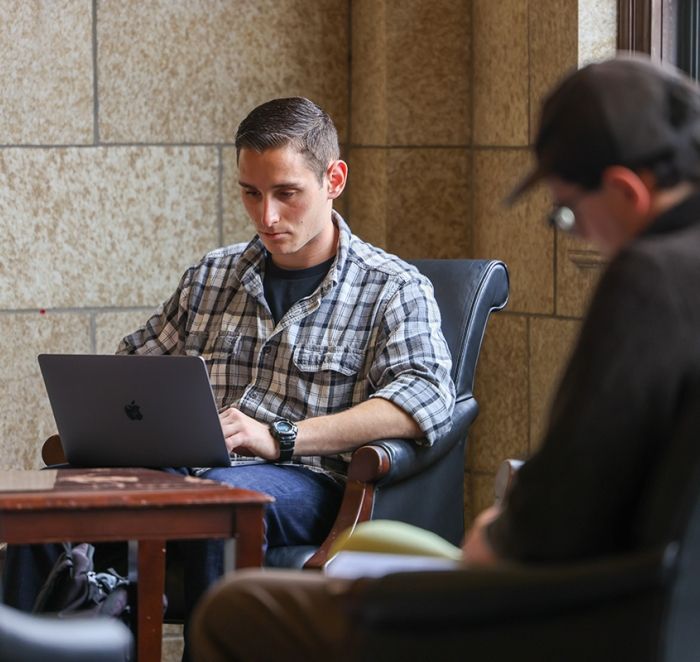Online Tool Hooks Students on Lobbying Aid
A collaborative project between students in Professor Ray Brescia’s course, The Law of Social Entrepreneurship and Exempt Organizations and computer science students led by University at Albany Professors Christopher Velez and Dr. Norman Gervais yielded a web-based tool, titled Lobbster, The NYS Lobbying Reporting Tool, that nonprofits in New York State can use to navigate the complex world of lobbying.
The website can be seen at: https://lobbsterny.org/. It also made a big impact on the students involved.
“This cemented my interest in working with nonprofits. To create a deeper understanding of nonprofit law through this experience was so rewarding,” said Lavinia Bhaskaruni ‘21. “I saw this course as a turning point to knowing that I definitely want to pursue this in my career.”

The website’s content was compiled by Albany Law School students who worked to survey the needs in the nonprofit sector. Due to the legal complexities concerning nonprofits, it proved to be an excellent challenge for legal minds and a challenge that made a direct impact on them.
“A lot of lobbying is about being gracious and open to speaking to people and exploring all possible avenues. Academically, it was a great learning experience to work with a group on a project from start to finish. Beyond academics, it was a great experience to learn skills for my career,” said Caitlyn Tabor ’21. “Lobbying is something anyone can get involved in. This past year, we saw how it can really have an impact on social change. It made lobbying more accessible.”
Students compiled different types of media to provide a range of resources for group including podcasts, visual guides, and forms to help track expenses. Each tool breaks down legal jargon into understandable and consumable information for leaders of nonprofits in any sector.
“This has the potential to be around for a while and impact and help people for a long time,” said Lauren Wilt ’21. “It’s a resource that will always be there to help people.”
Wilt came into law school after working in the tech sector. She chose law school to help people, but her background in app development guided her during the project.
“It was great to utilize that background knowledge to apply it to the law. I wanted to do something that would have a tangible impact on individuals. I wanted to focus on people problems rather than tech problems. Now, I’m using that knowledge to make the law more accessible,” Wilt said.
For Bhaskaruni, the project offered unique opportunities to interview local leaders and sharpen her interviewing and examination skills. Originally from Toronto, she needed to get up to speed on the American two-party system and government. But over the course of law school—even in the strenuous civil procedure course—nonprofit law stood out to her.
“I was able to get first-hand accounts of what it is like to be a lobbyist. So many of them are so passionate about what they do, it was truly inspiring to see how they worked together,” she said. “When I started, I didn’t know exactly what lobbying was. It was important to learn about it—especially from a legal perspective—and what it means to make change on a more local level. Being in Albany for this was so important because we got to see it happening on the ground level.”
UAlbany students gained experience working with client needs to develop a functional website, Professor Velez said.
“We needed to make it something that was useable in the real world. It had to have good interface, analytics, and other elements. There was a lot of real hand-on experience for our students to serve a client,” he said. “They had to really understand the content itself in order to organize it. They gained the understanding of how important lobbying is for nonprofits.”



